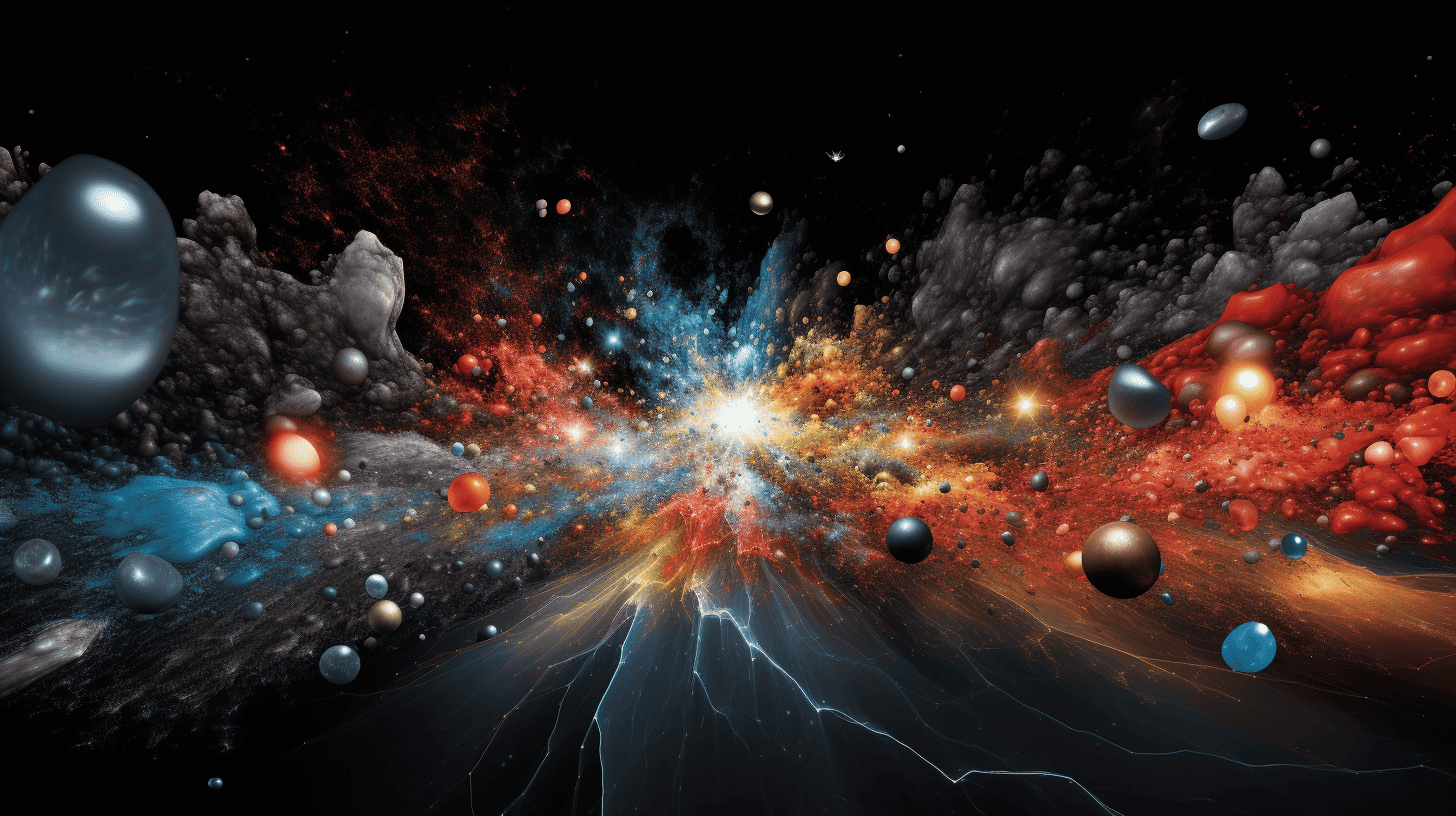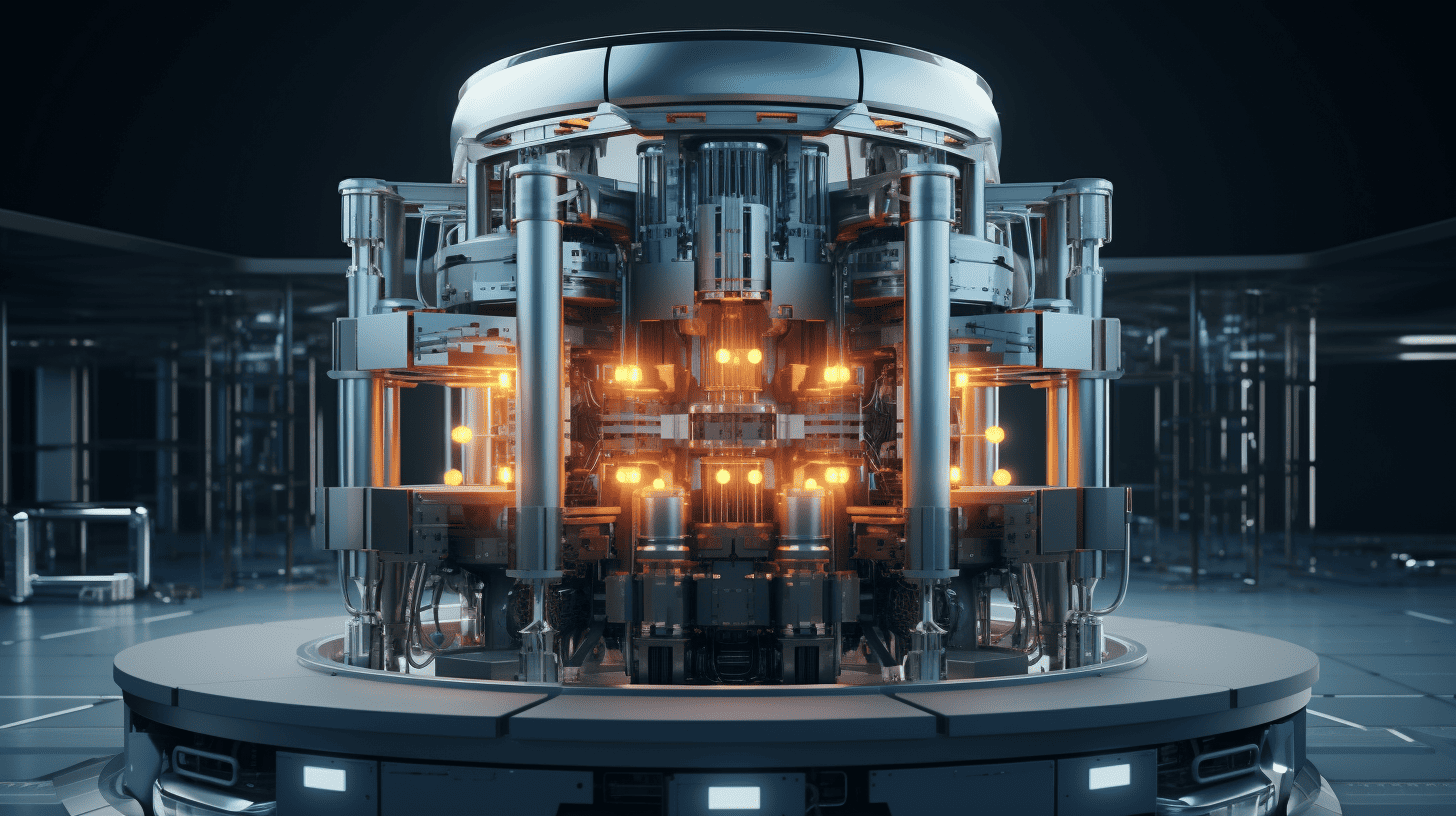
There is little in the universe that is as fascinating and as perplexing as antimatter. A mirror image of ordinary matter, yet with reversed electrical charge, this elusive substance has been at the heart of some of the most complex questions in physics. Why does the universe consist almost entirely of matter when the Big Bang is supposed to have produced equal amounts of matter and antimatter? What happened to all the antimatter? These questions have puzzled scientists for decades, but recent European Organization for Nuclear Research (CERN) breakthroughs bring us closer to the answers.
British physicist Paul Dirac first proposed the existence of antimatter in 1928. He suggested that for every particle, there exists a corresponding antiparticle, identical in every way but with an opposite charge. The positron, or ‘antielectron’, was the first evidence of this theory. The concept of antimatter opened the possibility of entire galaxies and universes composed of this substance. However, when matter and antimatter meet, they annihilate each other, converting their mass into energy and leaving very little antimatter in the observable universe.
Antimatter and Gravity
In a groundbreaking series of experiments, researchers at CERN have made a key discovery: antimatter falls downwards, just like matter. This finding, published in the journal Nature, refutes the existence of antigravity. This concept has been proposed as a potential explanation for the spatial separation of matter and antimatter but has remained untested until now. By creating a stable form of antimatter in the lab, researchers found that antimatter responds to gravity in the same way as matter.
Antihydrogen
The experiment involved creating and confining antihydrogen atoms in a 25cm-long magnetic bottle. Meticulous measurements showed that the antimatter atoms were more likely to fall to the bottom of the bottle due to gravitational forces. This was further confirmed by the ALPHA experiment at CERN, where antimatter was trapped in a vacuum chamber and released to observe its fall under gravity. The result was unambiguous: antimatter fell downwards, supporting Einstein’s theory of general relativity.
What’s next?
The discovery that antimatter responds to gravity just like ordinary matter opens the door to new experiments and theories. The CERN team plans to upgrade their experiment to investigate if there is a slight difference in the rate at which antimatter falls compared to matter. Any discrepancies could help explain why the universe is mostly made of matter despite equal amounts of matter and antimatter being expected from the Big Bang. This marks a significant step forward in our understanding of the universe and brings us closer to solving the mystery of the universe’s matter dominance.







